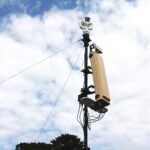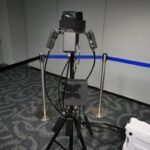
The Coast Guard needs to expand its surface, aviation, communications, and situational awareness capabilities for Arctic operations to fulfill its role in the region, the service says in a new plan outlining how it will implement its Arctic strategy. The Arctic Strategic Outlook Implementation Plan released on Thursday comes days after the White House released the Implementation Plan for the National Strategy for the Arctic Region that outlines dozens of activities to achieve domain awareness, presence, and working with allies…

 By
By 











